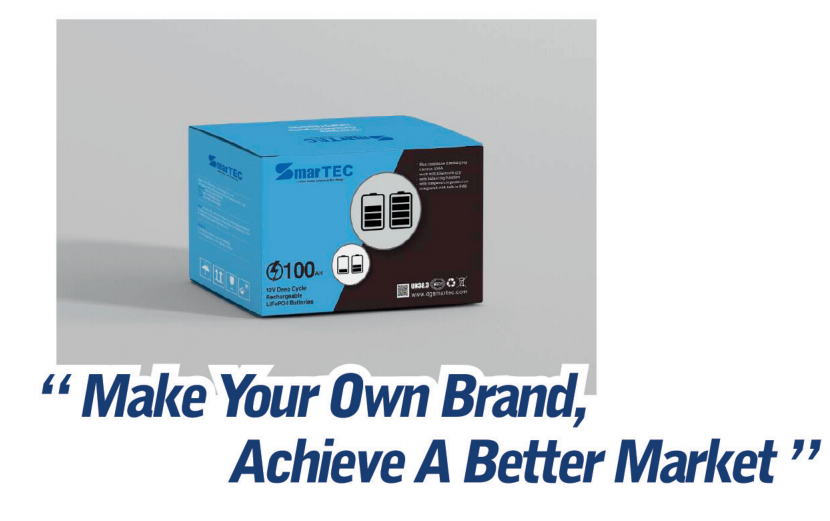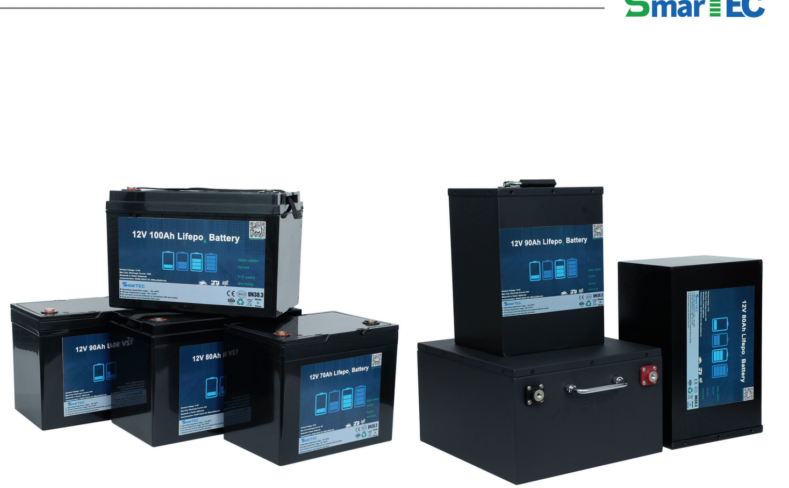Developing an application that you plan to bring to market often presents unforeseen challenges. That’s why it’s important to plan for circumstances you can anticipate.
For example, it’s wise to decide on your battery when you start designing your product. This allows you to incorporate the size, capacity, and weight of your battery into your conceptual decisions, resulting in a more cohesive design. Of course, you’re not limited to designing around off-the-shelf models. Custom batteries may be the best option for your application if you need a power source that:
1. Understand your application:
To design the right battery for your system, you need to understand the requirements of your product, including
– Voltage: Determining the voltage required by your application is critical. Voltage affects the overall performance of your device and should match your product’s specifications.
– Capacity: The capacity of your battery determines how long your product can run before it needs to be recharged. Consider the power requirements of your application and how long it should run between charges.
– Current: Your operating current is a critical parameter and ranges from 10A to 300A. Make sure your custom lithium-ion battery can handle both peak load and average current to meet your application’s needs.
Engineers often forget to consider the current when designing a custom battery. That’s why it’s helpful to have a lithium-ion battery technology expert guide you through the battery design process.
2. Ensure Your Battery Has Enough Space and the Functions That You Need:
During normal discharge cycles, your product’s battery needs a little extra room to breathe. You should also include extra space in your design in case you need a slightly larger battery to increase run time.
– Charge & Discharge Ports: Consider whether your battery design should have a common port for both charge and discharge or separate ports for each function. This decision will affect the overall layout of your product.
– Bluetooth and LED Indicators: Determine if your battery should include Bluetooth connectivity and LED indicators. These features can enhance user interaction with your product.
– Basic Protection or Intelligent Monitoring: Decide if your battery needs basic protection or intelligent monitoring features. This choice affects the safety and performance of your device.
– Communication Protocols: Choose from communication options such as SMBUS, I2C BUS, RS485, RS232, or UART based on the needs of your application. These protocols allow data exchange and control between your device and the battery.
You may want to work with your battery manufacturer to design your application. Asking the right questions up front about your space requirements and required functions will help avoid mistakes such as leaving too little space for your Li-ion battery.
3. Choose an Expert Battery Manufacturer:
Before choosing a supplier to create your custom solution, schedule a battery consultation to ensure that your supplier is an expert. Your consultant should know the facts about lithium. If you have a question that your consultant cannot answer, they should at least be able to direct you to the right resources.
– Battery chemistry: Your supplier should be able to advise whether LiFePO4 or other lithium chemistries are more appropriate for your application. While LiFePO4 has the highest cycle life, other chemistries have higher energy density per cubic inch. This is a strategic decision you need to make, and the right battery supplier can help.
– Service Excellence: Most importantly, you should receive the highest level of service from your supplier. Developing a custom lithium-ion battery is an investment, so your battery supplier must be willing to go the extra mile to ensure your solution is the perfect fit.
Customizing the best lithium-ion battery for your product is a critical step in delivering a high-quality, reliable solution to your customers. By following these three tips and working closely with a knowledgeable battery supplier like Smartec, you can ensure that your application will meet its power needs efficiently and effectively.

